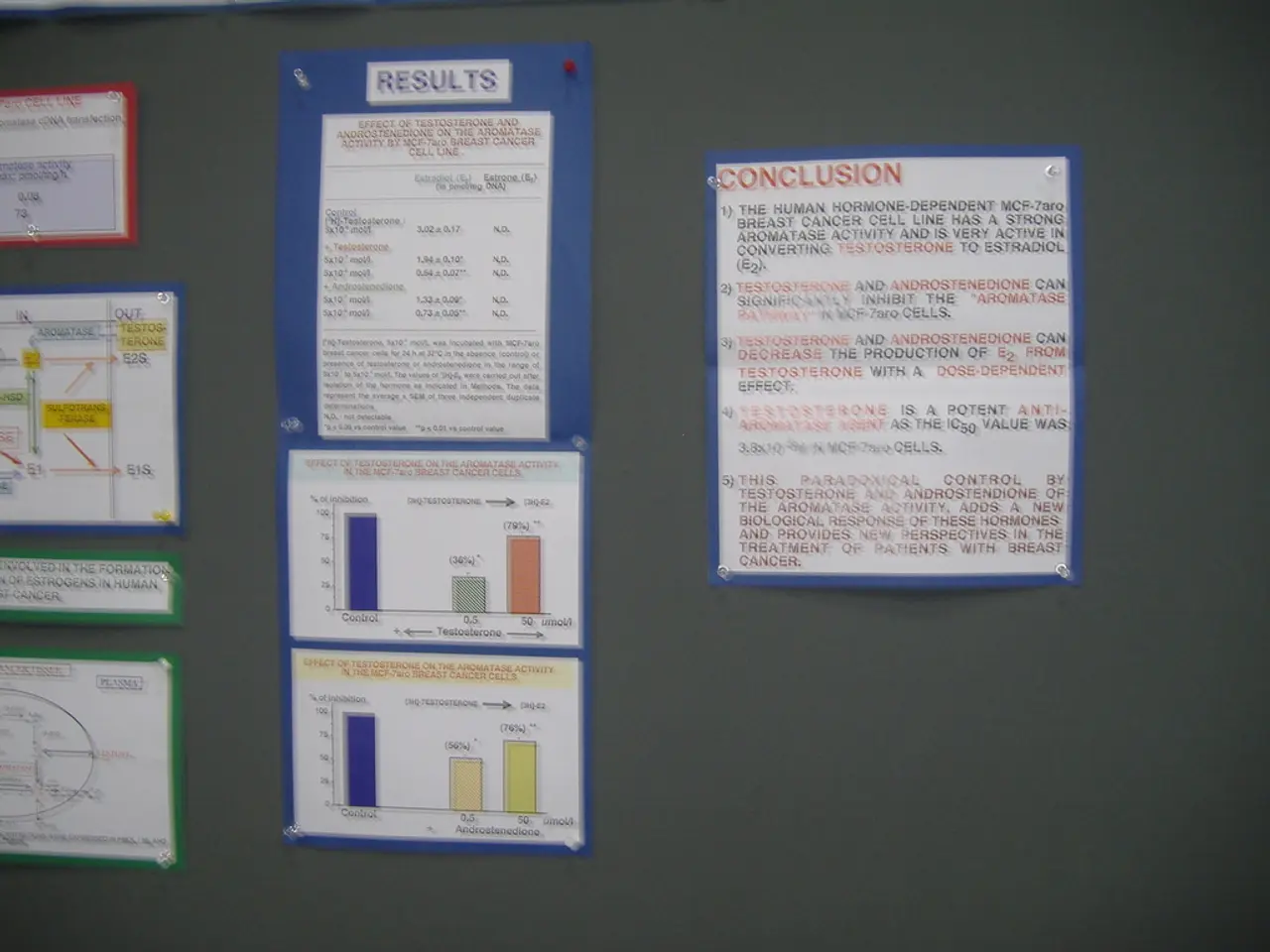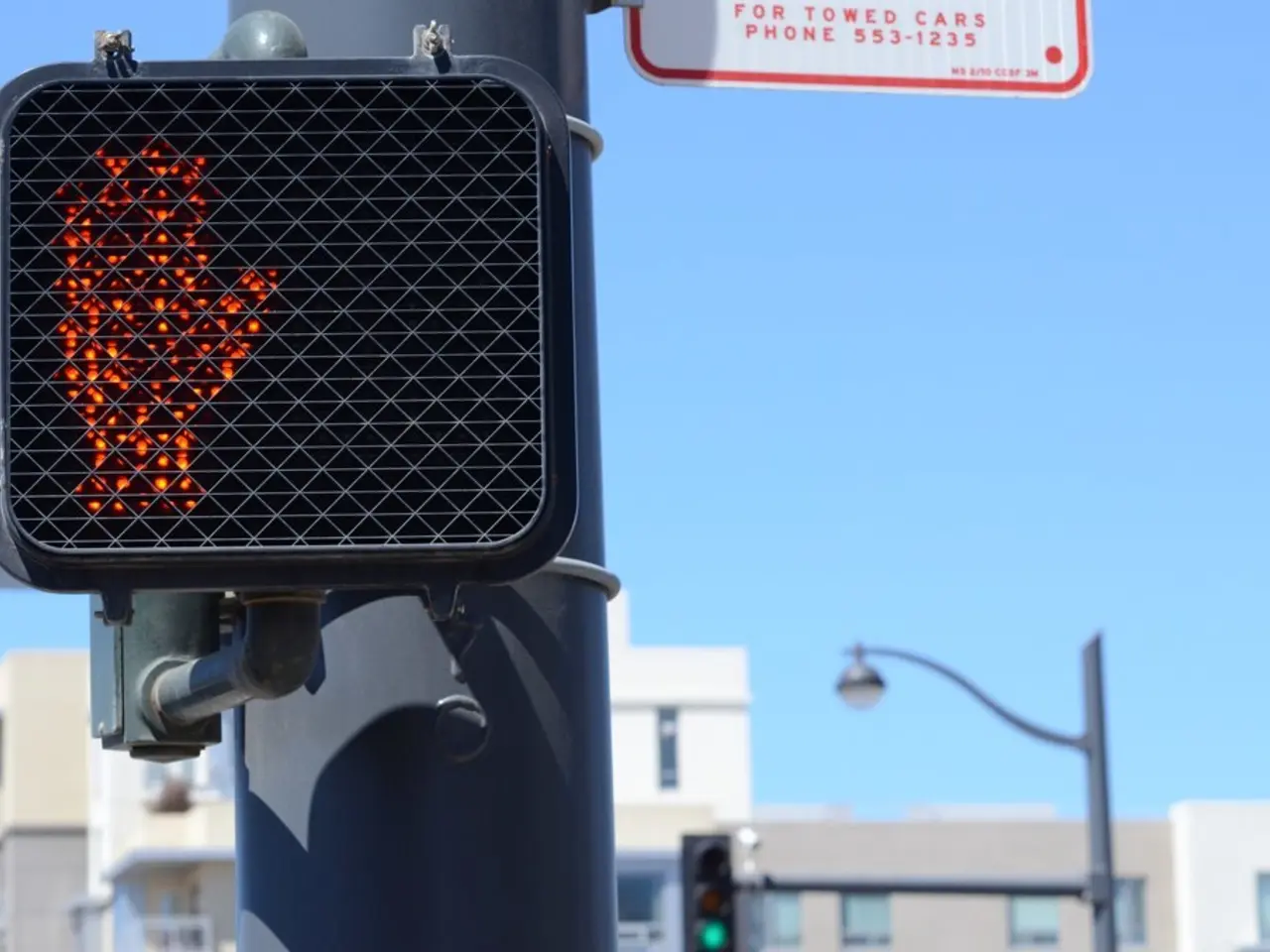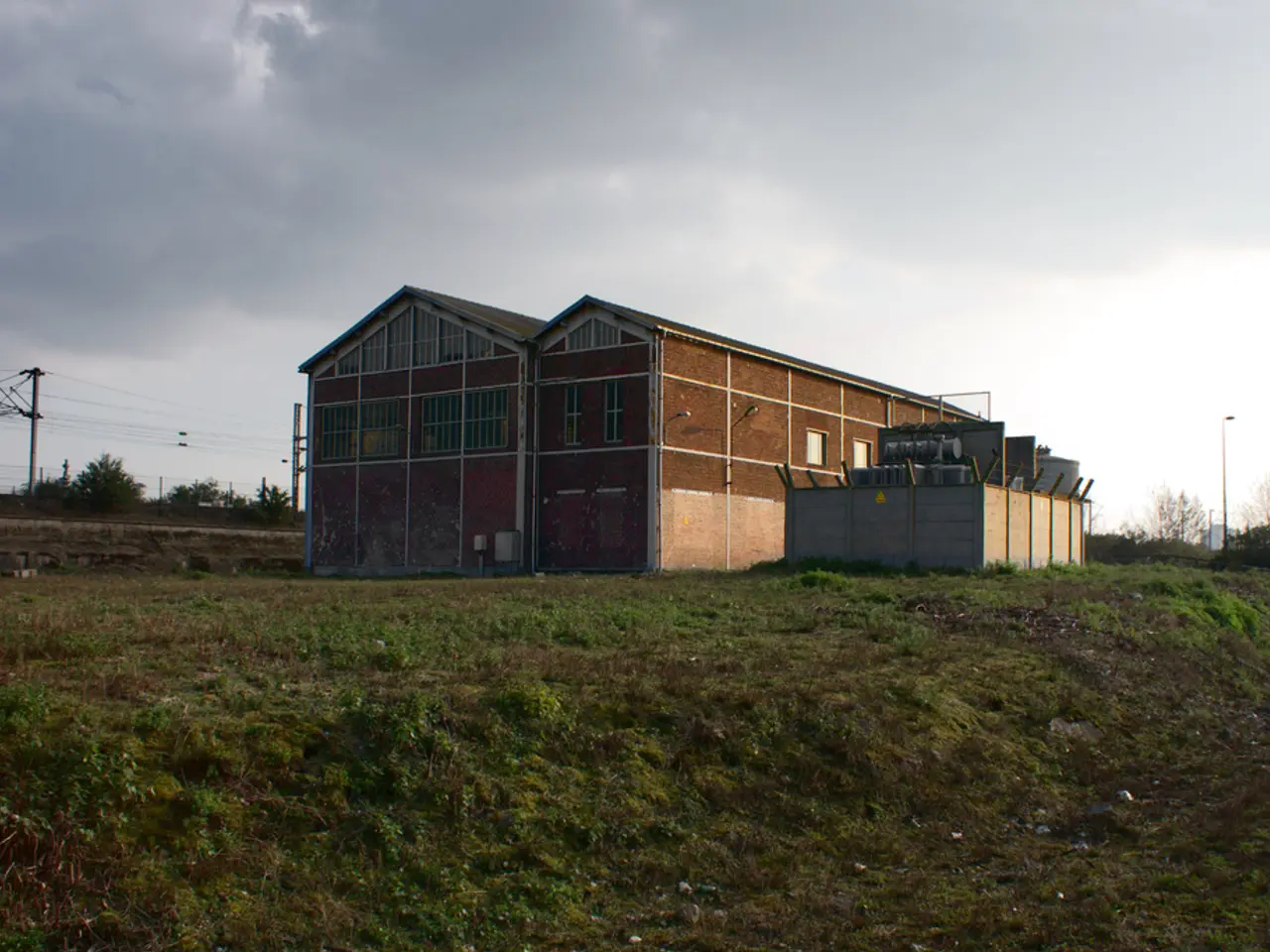Fiscal deficit of states stood at 1.8% of Gross State Domestic Product in the first quarter of FY26, with capital expenditure showing robust growth, as per a report.
Indian States Boost Capital Expenditure in Q1 of 2025-26
Capital expenditure (capex) by 24 Indian states increased by 28% in the first quarter of the 2025-26 fiscal year, marking a significant recovery from a 22% contraction seen in the same period last year. This surge in capex is primarily attributed to a strong rebound in revenue receipts, increased transfers from the central government, and robust financial conditions.
The recovery in revenue receipts, notably own tax revenue, played a crucial role in this growth. In June 2025, total receipts rose 16.8% year-on-year, with revenue receipts increasing 15.6% year-on-year. The improvement was driven largely by stronger Own Tax Revenue (OTR), with all major components, except excise duty, registering higher growth.
State OTR tax revenue, in particular, increased by 28%. Other significant gains were seen in stamp duty, land revenue, and sales tax, which all posted healthy growth. Post-settlement State GST (SGST) collections rose 11.4% year-on-year, while SGST collections saw a spike of 37.5% year-on-year. Sales tax and other taxes recorded strong gains of 36% and 37% respectively.
Transfers from the central government also contributed to the surge in capital expenditure. Transfers rose sharply by 42% year-on-year in June, and grants-in-aid expanded nearly 50%, providing more resources for capital projects. This increase in transfers helped the overall fiscal health of the states, allowing for increased capital outlays despite a still manageable combined fiscal deficit of 1.8% of Gross State Domestic Product (GSDP).
The surge in capex pushed overall expenditure growth to nearly double the pace seen in the same period last year. However, non-tax revenue saw a 3% year-on-year contraction. State excise duty grew by 8% year-on-year, but this was not enough to offset the decline in non-tax revenue.
Capital receipts also increased, reaching Rs 31 billion. The combined fiscal deficit of the 24 Indian states, representing 92% of the country's GDP, reached Rs 1.5 trillion or 1.8% of GSDP in Q1 of 2025-26.
This increase in capital expenditure emphasizes investments in infrastructure and economic growth initiatives, signalling a renewed focus on development projects. The strong financial conditions, coupled with increased revenue receipts and significant transfers from the central government, are expected to continue supporting capital expenditure in the coming quarters.
These insights are based on the ICICI Bank Global Markets report cited in Economic Times and related analyses. The uptick in capex is a positive sign for the Indian economy, indicating a recovery from the challenges faced in the previous fiscal year and a commitment to long-term growth and development.
- The growth in Own Tax Revenue, particularly the State OTR tax revenue, has contributed significantly to the increase in capital expenditure by Indian states.
- The surge in capital expenditure is not only a result of the rebound in revenue receipts but also the increase in transfers from the central government.
- The strong financial conditions, health of the states' fiscal health, and robust business environment are all factors anticipated to support continued growth in business investments and health infrastructure projects in the upcoming periods.




